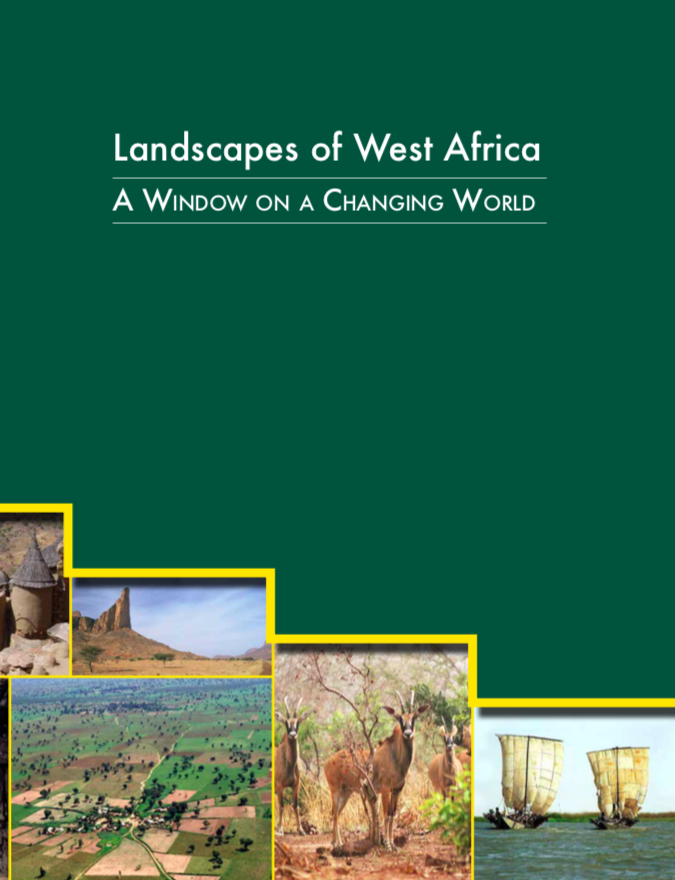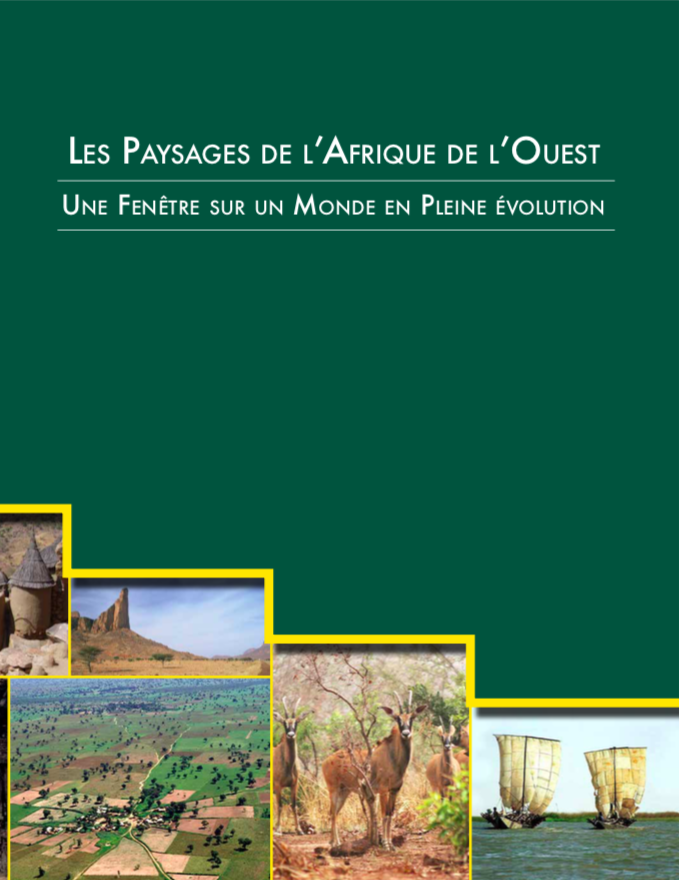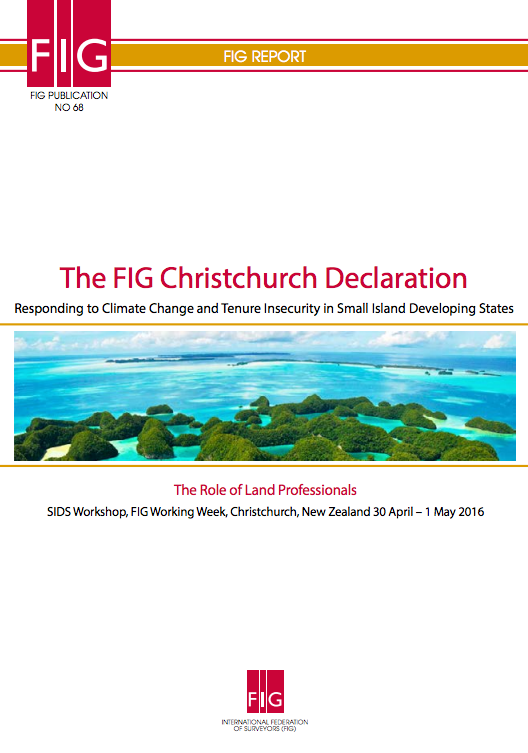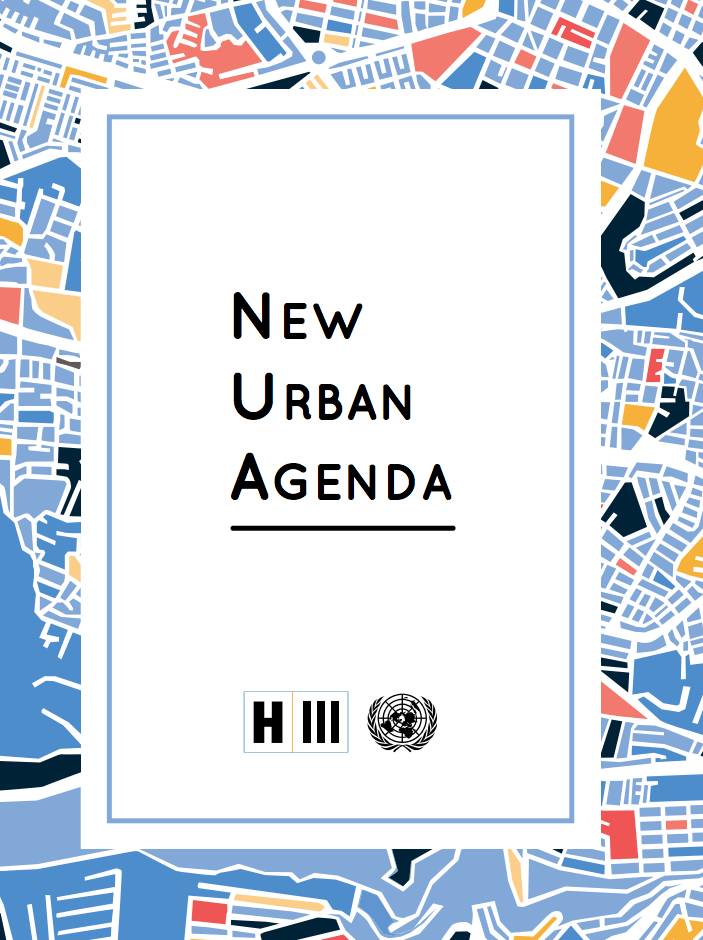Patterns and drivers of dairy development in India: insights from analysis of household and district-level data
Traditionally, Indian farmers kept bovines, especially cattle, for draught purposes in agriculture and transportation with milk as an adjunct. However, with increasing farm mechanization and rising demand for milk, the bovine functions have shifted more towards dairying. While bovine population has been increasing, the chronic scarcity of feed and fodder reinforces the need for optimization of bovine population for sustainable growth of dairying.









